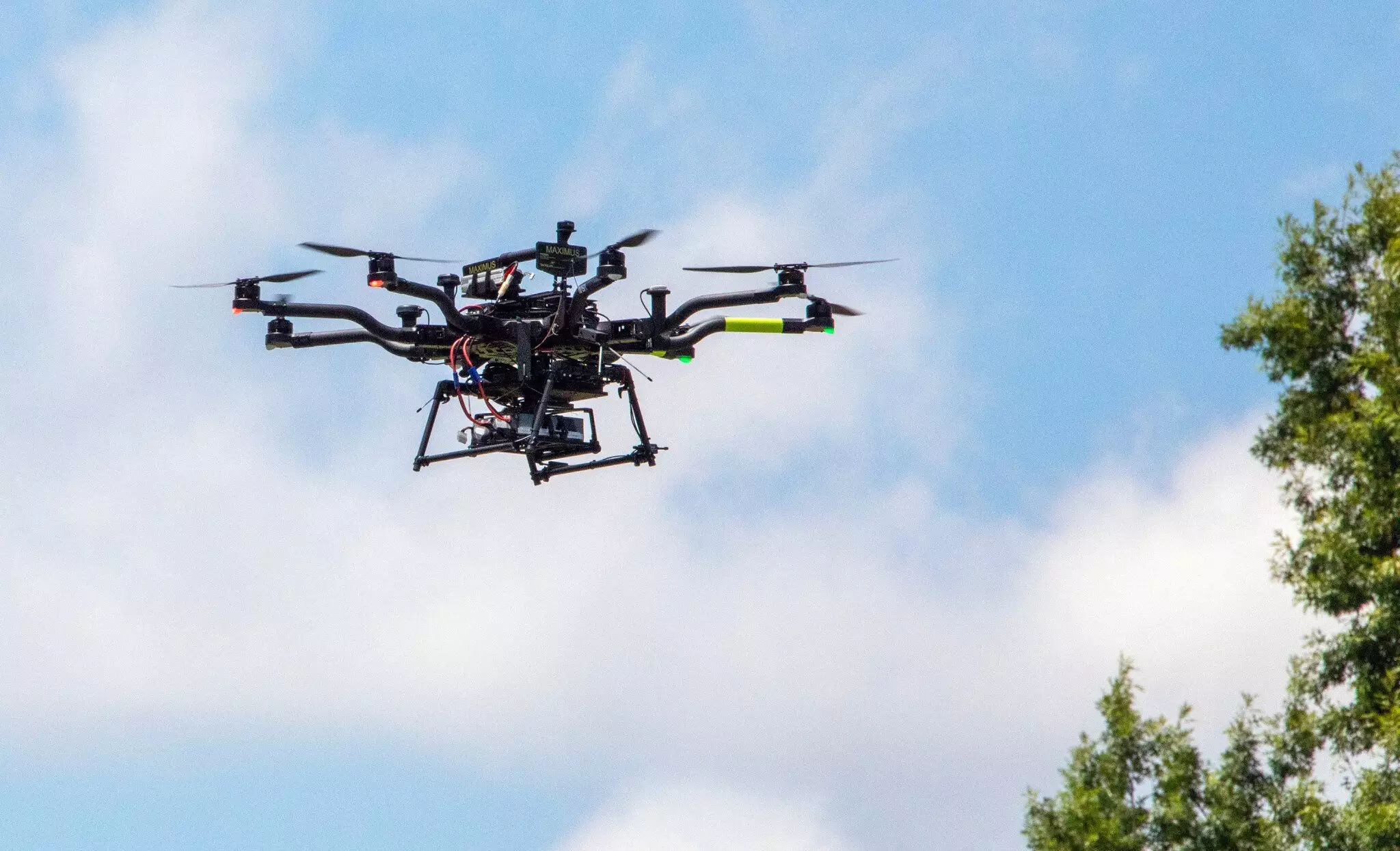NASA’s Langley Research Center in Hampton, Virginia has recently achieved a significant milestone in the development of self-flying air taxis. Through a series of tests, researchers successfully flew multiple drones beyond visual line of sight without a visual observer. This breakthrough is a crucial step toward advancing the automation and safety systems required for autonomous flight. By testing self-flying technology on smaller drones, NASA aims to observe how these vehicles navigate obstacles and avoid collisions, paving the way for the integration of larger, passenger-carrying air taxis in the future.
The ability to fly drones beyond visual line of sight represents a major leap in the field of self-flying capabilities. Traditionally, drones have been required to remain within the visual line of sight of a human operator. However, the recent tests conducted by NASA’s Langley Research Center have shown that drones can autonomously navigate obstacles, follow a predetermined route, and safely land without direct human control. This achievement is not only a testament to years of research into automation and safety systems but also required specific approval from the Federal Aviation Administration and NASA to ensure regulatory compliance.
In order to ensure the safety and reliability of self-flying technology, NASA employs various cutting-edge advancements. One such technology is the Integrated Configurable Architecture for Reliable Operations of Unmanned Systems (ICAROURS). This software provides an autonomous detect-and-avoid function, allowing drones to maintain a safe distance from other air traffic. Additionally, NASA’s Safe2Ditch system enables drones to assess the ground below and make autonomous decisions about the safest landing spot in the event of an in-flight emergency. These technological innovations are crucial for the seamless integration of air taxis in busy airspace, where multiple vehicles will be operating simultaneously.
The flight tests conducted by NASA were observed from Langley’s Remote Operations for Autonomous Missions control center. The drones took off and landed at the City Environment for Testing Autonomous Integrated Navigation test range. These controlled yet relevant environments allowed NASA to assess the performance of the drones in close proximity to airports and urban areas. Such testing grounds enable them to evaluate the technologies and procedures required for future Advanced Air Mobility (AAM) vehicles. The goal is to ensure that the automation technologies can handle a high volume of air traffic in busy areas, such as vertiports that are located adjacent to airports or within communities.
NASA’s commitment to advancing the field of self-flying capabilities extends beyond its own research. The organization plans to transfer the new technologies developed during this project to the public. This move aims to benefit industry manufacturers, enabling them to access and utilize the software in the design of their own vehicles. NASA recognizes that collaboration and knowledge sharing are crucial for the overall advancement of the industry. By conducting flight tests within the national airspace and in proximity to airports and urban environments, NASA can foster innovation and test technologies in a controlled yet realistic setting.
The project, known as the High Density Vertiplex, focuses on testing and evaluating the infrastructure for future air taxis. Specifically, NASA seeks to identify suitable locations for high-frequency takeoff and landing sites called vertiports or vertiplexes. These vertiports are intended to be in close proximity to each other, enabling efficient transportation within urban areas. The project also involves developing the necessary technological advancements to support the safe and reliable operation of these vertiports. By tackling these crucial research areas, NASA aims to pave the way for the successful integration of air taxis into our everyday lives.
NASA’s recent achievement in flying drones beyond visual line of sight marks a significant milestone in the advancement of self-flying capabilities for air taxis. By leveraging cutting-edge technologies and conducting tests in relevant environments, NASA is actively contributing to the progression of autonomous flight. The successful demonstrations have showcased the effectiveness of automation and safety systems, setting the stage for the future integration of air taxis in busy airspace. As NASA continues to push the boundaries of aviation, collaboration with industry partners and the transfer of technology are key elements in ensuring the widespread adoption of self-flying capabilities for air transportation.



Leave a Reply